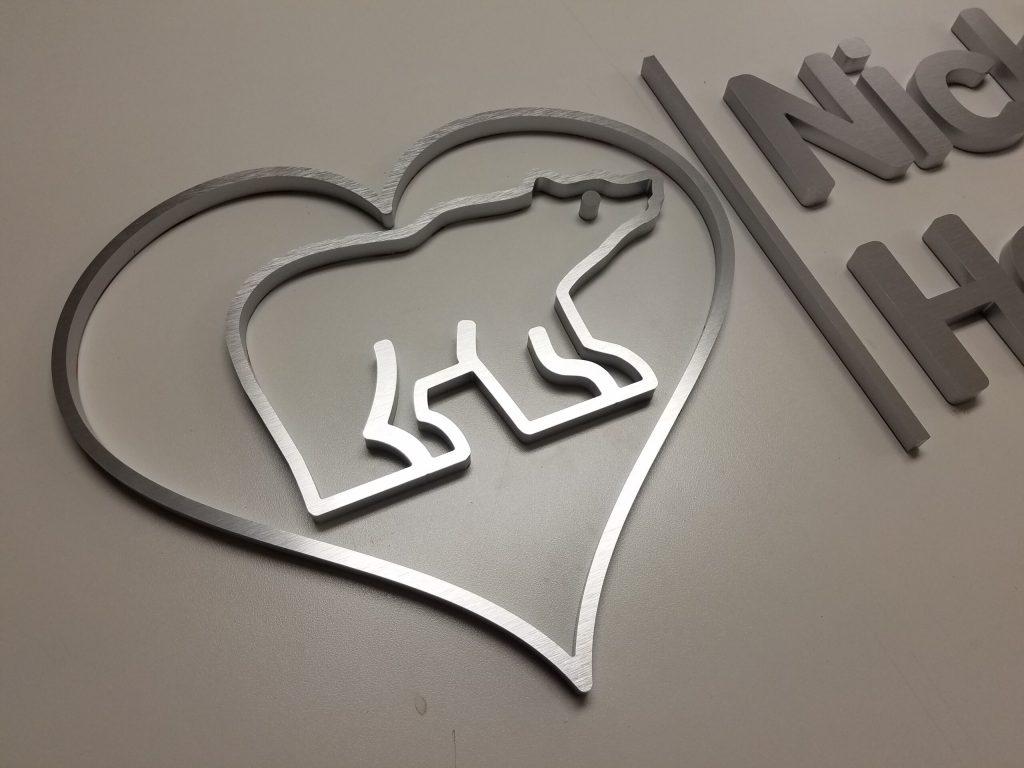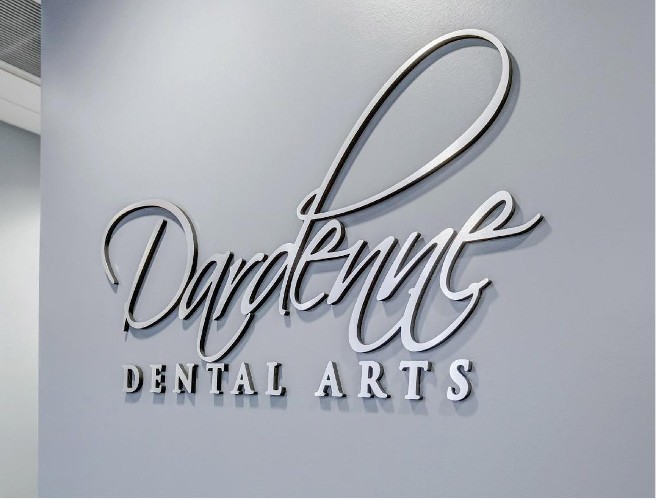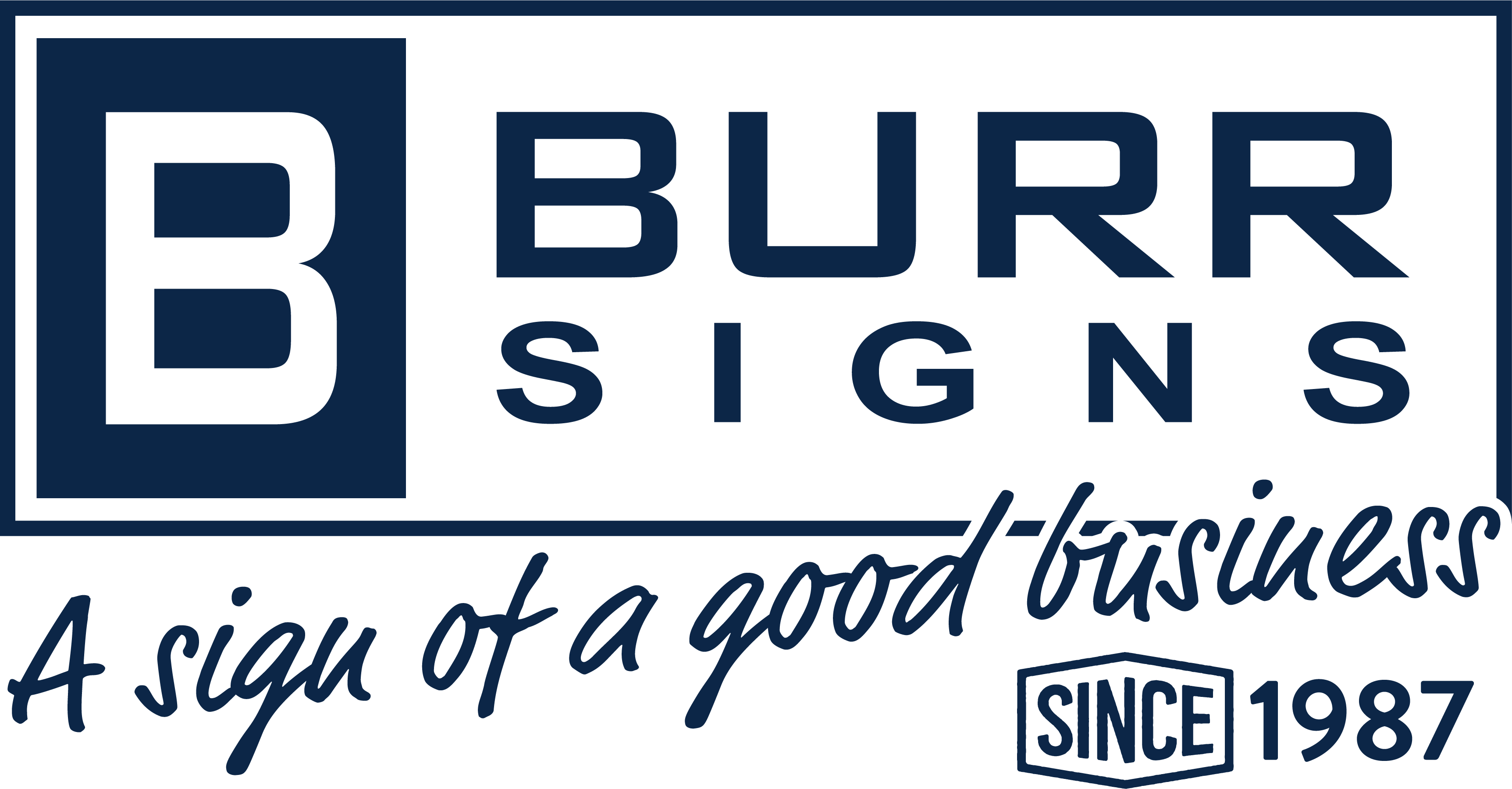
In the competitive landscape of business and branding, making a memorable impression is crucial. One effective way to achieve this is through dimensional signage. This type of signage stands out—literally and figuratively—by adding depth and interest to your visual communications. In this comprehensive guide, we’ll explore what dimensional signage is, its benefits, how it works, and tips for using it effectively.
What is Dimensional Signage?
Dimensional signage refers to signs that have a three-dimensional aspect, giving them depth and a physical presence that flat signs lack. These signs can be made from a variety of materials, including metal, wood, plastic, and foam, and can be used both indoors and outdoors. Dimensional signs are often used for logos, letters, and graphics, making them an excellent choice for building exteriors, lobbies, conference rooms, and retail spaces.
Benefits of Dimensional Signage
- Enhanced Visibility and Impact: The three-dimensional nature of these signs makes them highly noticeable. They catch the light and cast shadows, creating a dynamic visual effect that draws the eye and enhances readability.
- Professional Appearance: Dimensional signs exude a sense of quality and professionalism. They convey a strong brand image and can significantly enhance the aesthetic appeal of a business premises.
- Versatility: These signs can be customized in terms of size, shape, material, and finish. This versatility allows businesses to create signage that perfectly fits their brand identity and architectural style.
- Durability: Made from robust materials, dimensional signs are built to last. They can withstand various weather conditions, making them ideal for outdoor use.
- Brand Recognition: Consistent, high-quality signage reinforces brand identity. Dimensional signs make a memorable impression, helping to increase brand recognition and customer recall.

How Does Dimensional Signage Work?
Creating and installing dimensional signage involves several steps:
- Design: The process begins with a design that considers the desired size, shape, material, and color. Design software is often used to create a 3D model of the sign.
- Material Selection: Depending on the design and intended use, materials are chosen. Common materials include acrylic, PVC, wood, aluminum, and stainless steel.
- Fabrication: The chosen materials are cut, shaped, and assembled. Techniques such as laser cutting, CNC routing, and molding may be used to achieve the desired shape and finish.
- Finishing: The sign is then painted, polished, or treated to achieve the final look. This step may include adding textures, laminates, or protective coatings.
- Installation: Finally, the sign is installed at the desired location. This can involve mounting the sign directly to a wall, using standoffs for added depth, or placing it on a base or frame.

Tips for Effective Use of Dimensional Signage
- Choose the Right Material: Select materials that not only look good but also suit the environment where the sign will be placed. For example, metal is great for durability, while acrylic offers a modern, sleek look.
- Consider Lighting: Proper lighting can enhance the impact of dimensional signage. Consider ambient, spotlight, or backlighting to highlight the sign’s features and improve visibility at night.
- Keep Design Simple and Legible: A clean, simple design is more effective. Ensure that the text and graphics are easily readable from a distance and avoid overly complex designs that can clutter the sign.
- Coordinate with Brand Identity: Your dimensional sign should reflect your brand’s identity. Use consistent colors, fonts, and logos to reinforce your brand message.
- Think About Placement: Position your sign where it will be most effective. Consider sightlines, traffic flow, and the height at which it will be installed to maximize visibility.
- Regular Maintenance: Keep your sign looking its best with regular cleaning and maintenance. Inspect for any damage and make repairs as needed to maintain its professional appearance.
Conclusion
Dimensional signage offers a powerful way to enhance your business’s visibility and reinforce your brand identity. With their eye-catching three-dimensional aspect, these signs make a strong visual impact that flat signs simply can’t match. Whether you’re looking to make a bold statement on your building’s exterior or add a touch of elegance to your interior spaces, dimensional signage provides a versatile and durable solution. By understanding their benefits, the process of creating them, and best practices for their use, you can leverage dimensional signs to create a lasting and memorable impression.
